Xbox Series X – A quick recap of what we know about the next-gen Microsoft console so far.
The Xbox Series X, which was probably the Anaconda model of the Project Scarlett until The Game Awards announcement (there are rumours of a weaker model with the codename Lockhart, potentially skipping the Blu-ray drive, and since the next-gen Xbox is just called Xbox, it could be called Xbox Series S…), will have a unique AMD Ryzen Zen 2-based CPU with 8 cores and a 3.6 GHz clock speed, which is about the same as the AMD R7 3700X, but since we are talking about an SoC (System on a chip) solution, it’s probably going to be slightly under it. The graphical chip will also be a custom AMD solution, based on Navi, with 12 TFLOPS computing power. Resolution-wise, it could go up to 8K (but we have our doubts about 60 FPS on this resolution), and on 4K, it could go up to 120 Hz (or 120 frames per second). It’s possibly on the same level as the unannounced AMD RX 5800 (as the RX 5700 XT knows 9 TLOPS). 16 GB memory, GDDR6 to be exact, but the devs will only have access to 13, as the remaining three gigabytes are reserved for the OS. The storage is said to be an NVMe SSD, which could read up to two gigabytes of data per second, and with Microsoft’s technology, it could effectively eliminate loading times.
The black console, which is said to be four times stronger than the Xbox One X, will also have a 4K Blu-Ray optical drive as well. Its ports are questionable, but it could have a USB Type-A port in the front, and at least one HDMI 2.1 port in the back. Microsoft might stop with HDMI pass-through. The console might be large – there aren’t a lot of official data on this, but the approximate dimensions are 312x157x157 mm. In comparison, the Xbox One X is 300x240x60 mm – the Xbox Series X is probably going to be big due to its cooling system, as Microsoft promised it to be as quiet as possible, and the Mac Pro used a similar approach in 2013. On WindowsCentral, there is a decent size comparison between the Xbox Series X, the PlayStation 4 Pro, and the Xbox One X.
The Project xCloud game streaming could be integrated even during the installation time, too: you can jump into the game while it is installing to the SSD. Meanwhile, you can grab the smaller, and thus, potentially lighter controller, whose D-Pad will be similar to the Xbox Elite controllers. There will be a screenshot sharing button, similarly to the DualShock 4. Its triggers will be revamped, and they will be haptic, too. The controller will be supported by the Xbox One and the PC as well. The Xbox Series X will support all headsets, controllers, and accessories that the Xbox One supports. You will also be able to continue several games where you stopped, too.
Graphically, the 4K/60 FPS is planned to be the standard, and the console will come with hardware-level, real-time raytracing, real-time dynamic reflections and shadows, plus it will have the auto low-latency mode (ALLM), the dynamic latency input (DLI), and the company’s proprietary VRS (variable-rate shading) technology are all implemented to make the Xbox Series X the most responsive console. Most of these functions will be possible in the Game Core OS development environment (possibly exclusive to the Scarlett consoles) in DirectX 12, and perhaps it could be the reason why most games will run on the Xbox One, too. (An example of it could be Halo Infinite.)
Performance-wise, if we build a PC with an R7 3700X CPU, an X570 motherboard, an RX 5700 XT GPU, 16 GB of DDR4 RAM and a 500 GB NVMe SSD, the frame rate is 50% higher on 1080p and 20% higher on 4K in the four reviewed games (Metro Exodus, Gears 5, Forza Horizon 4, Shadow of the Tomb Raider), but Digital Foundry has a more detailed analysis about the jump in performance.
The first game announced for the Xbox Series X is Senua’s Saga: Hellblade II, whose trailer had in-engine footage. Digital Foundry analysed it, and it questions a few things. Sure, the Xbox Game Studios-owned Ninja Theory game could show the next level of the Unreal Engine 4, but the depth-of-field around Senua’s hair, or the halo around a few objects are a couple of things that are an issue in the current generation. The frame rate was 24 FPS, and the black bars cut the resolution to 3840×1608, 74% of the real 4K resolution, and 80% of 30 FPS, resulting in an average of 60% of 4K and 30 frames per second. Thus, we should be a bit sceptical: maybe it was recorded on a high-end PC.
All Xbox One-supported games will run on the Xbox Series X, so the backwards compatibility Xbox and Xbox 360 titles will also be supported on the console that could be used both horizontally and vertically. The console should be available in a year from now, as both it and Sony’s PlayStation 5 will launch in the holiday season. The price is unknown, but it’s likely going to cost 500 dollars.
Source: WindowsCentral
Please support our page theGeek.games on Patreon, so we can continue to write you the latest gaming, movie and tech news and reviews as an independent magazine.
Become a Patron!


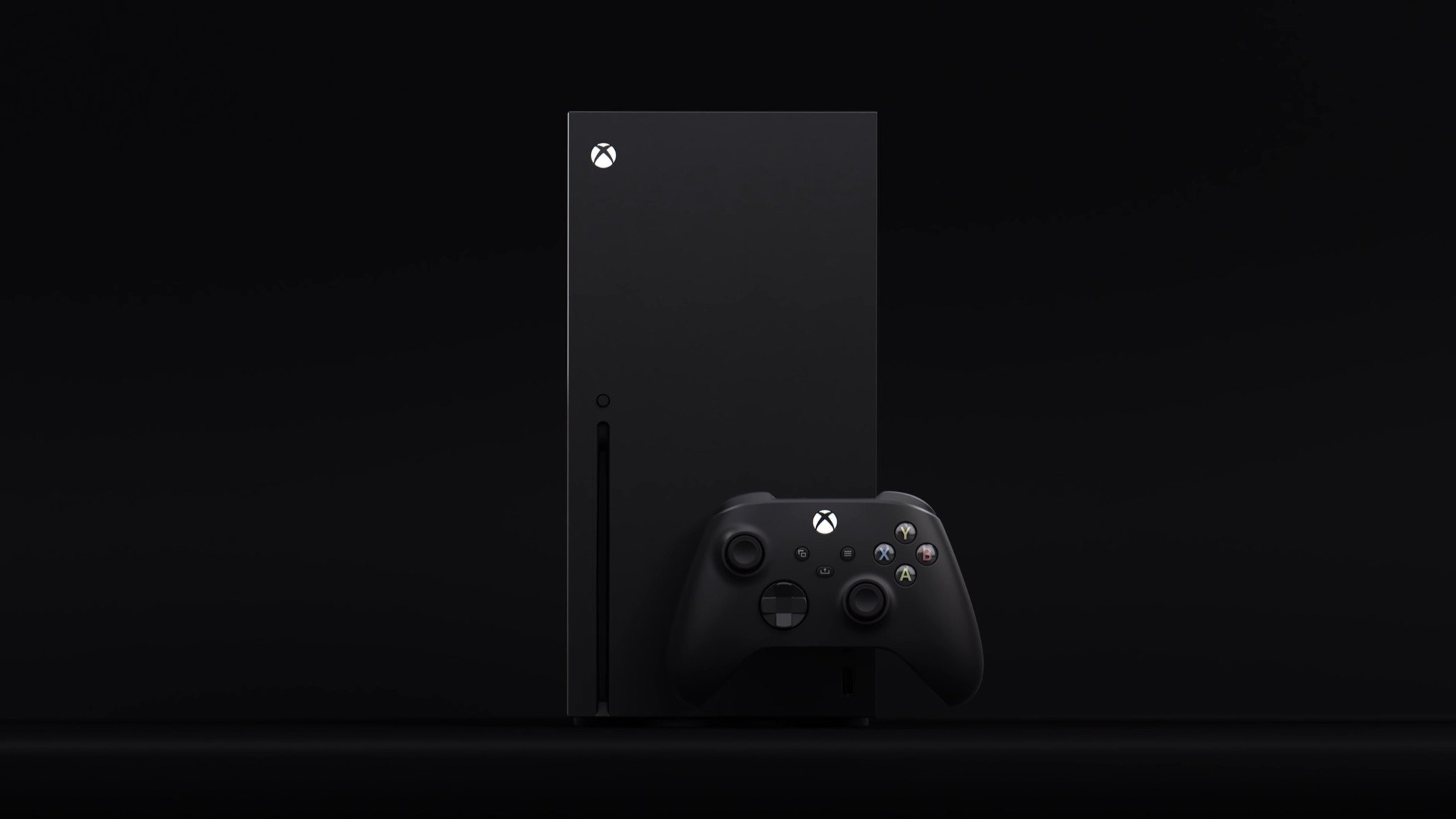
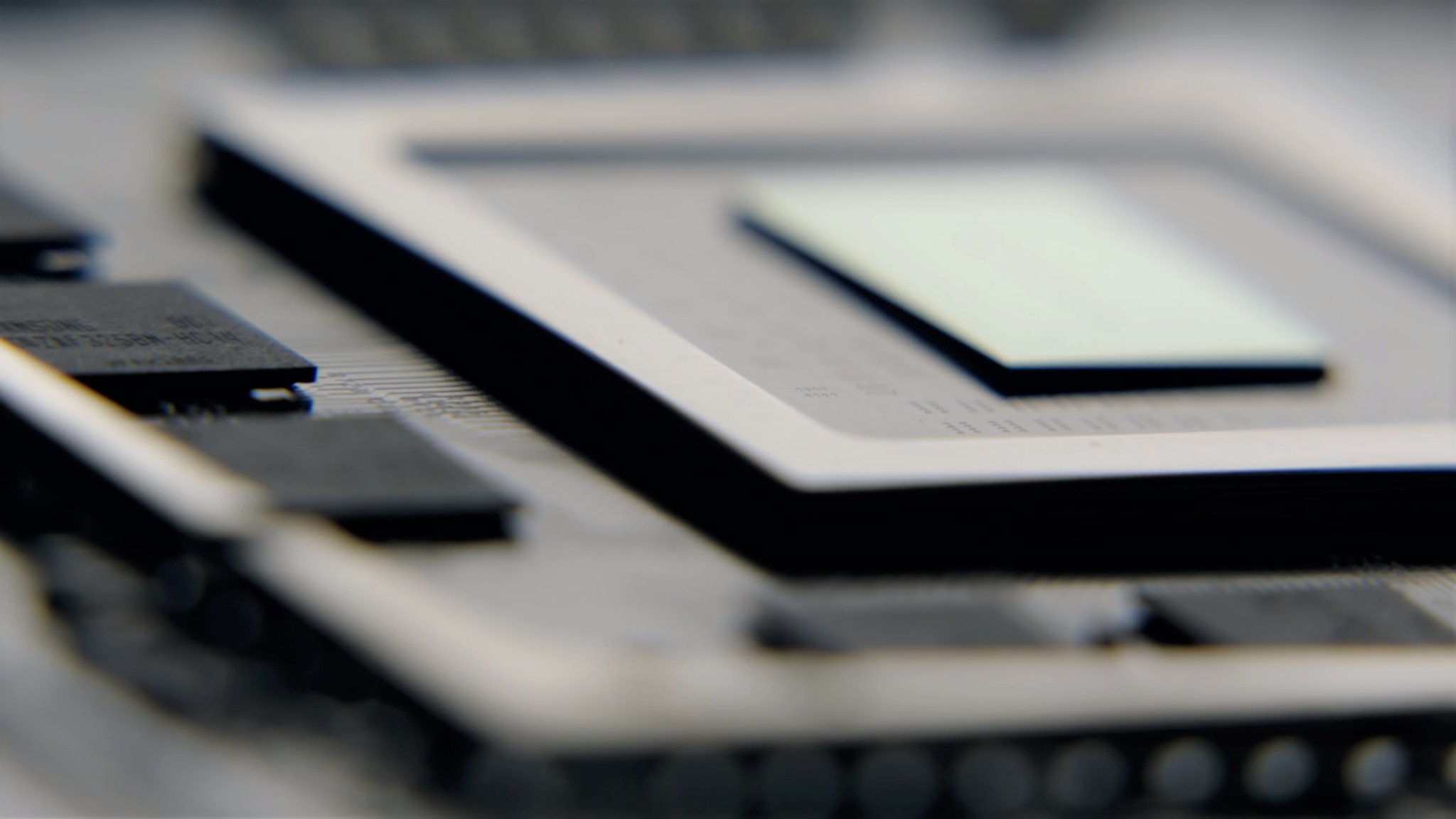
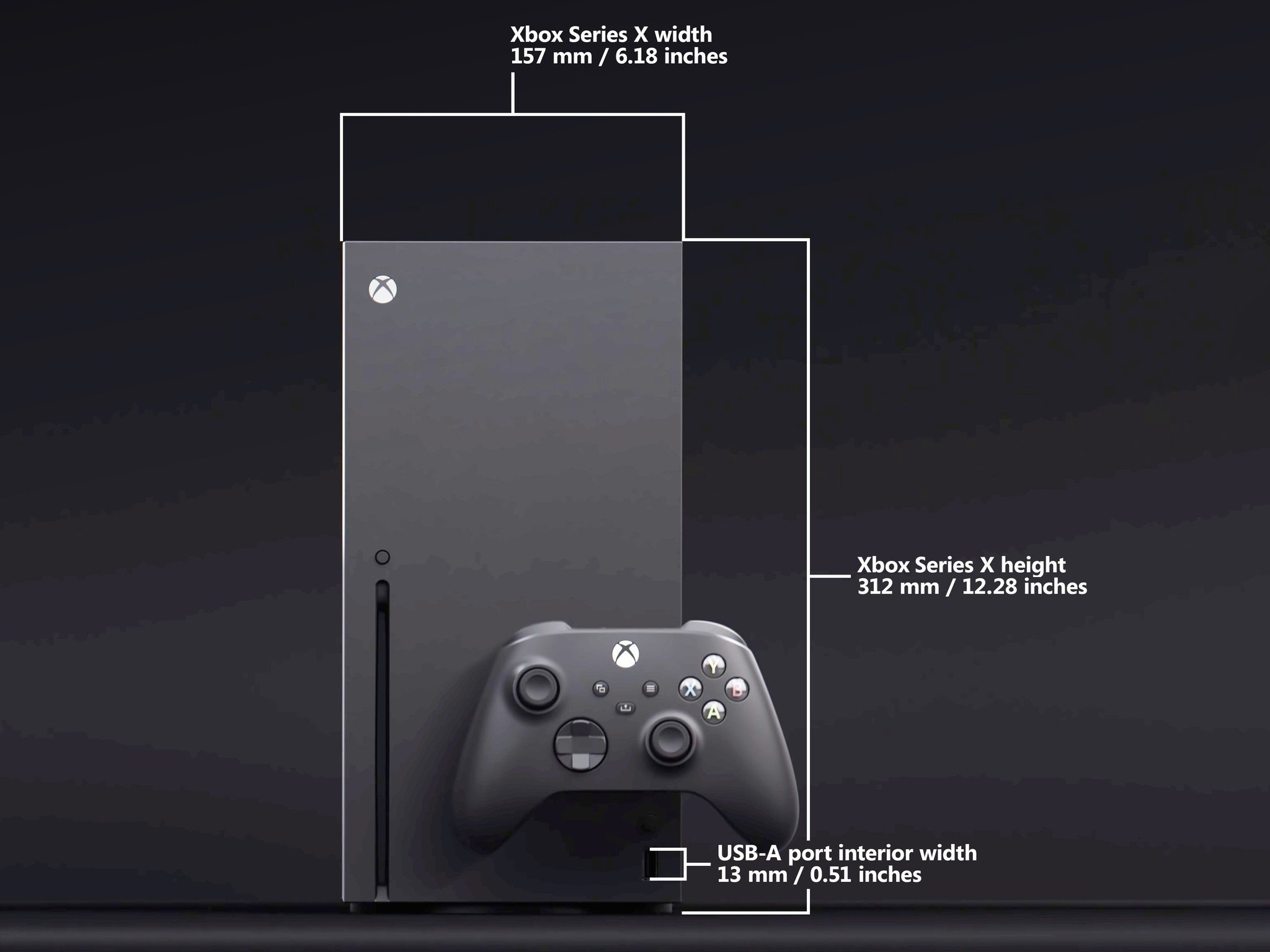
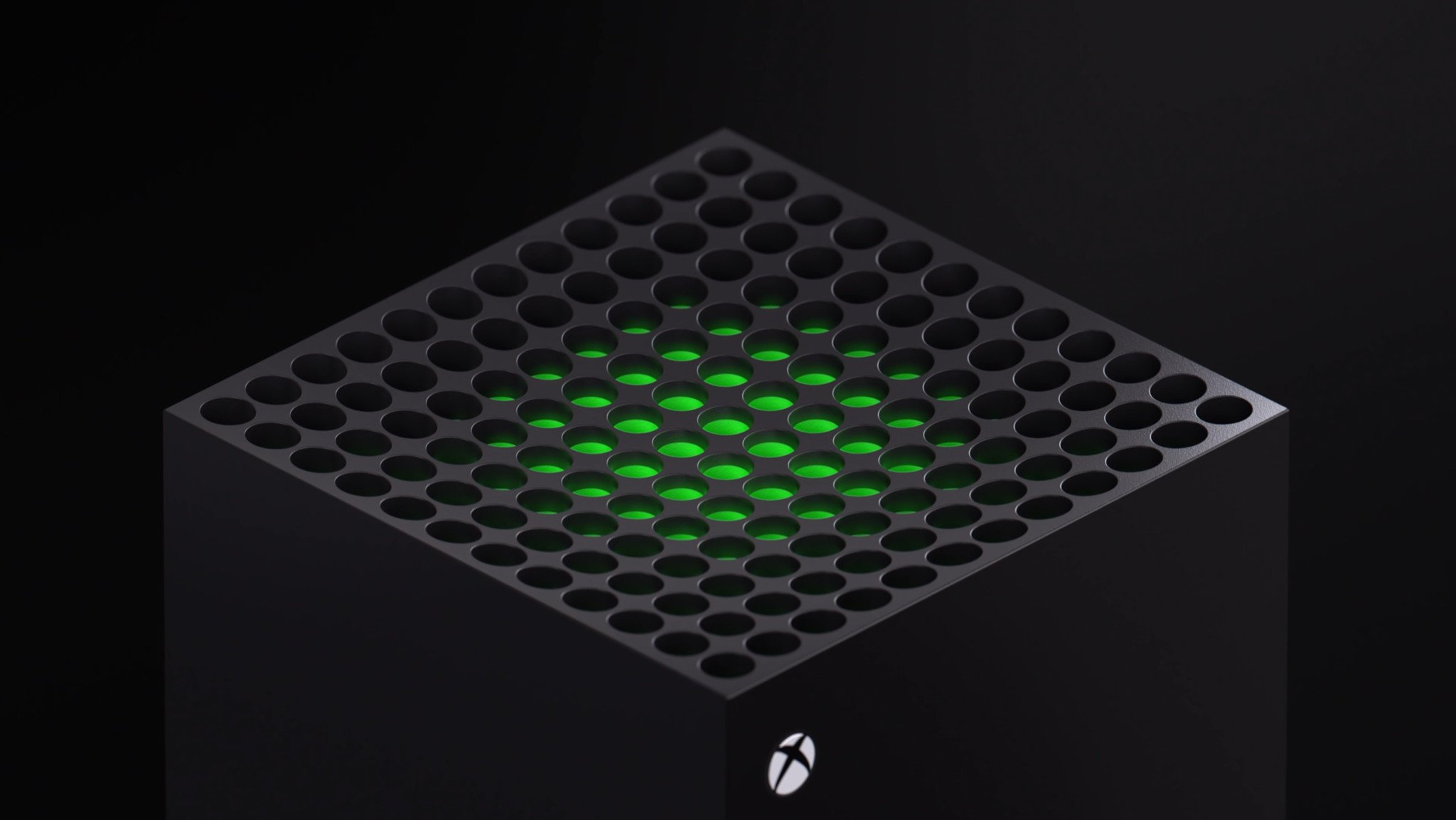
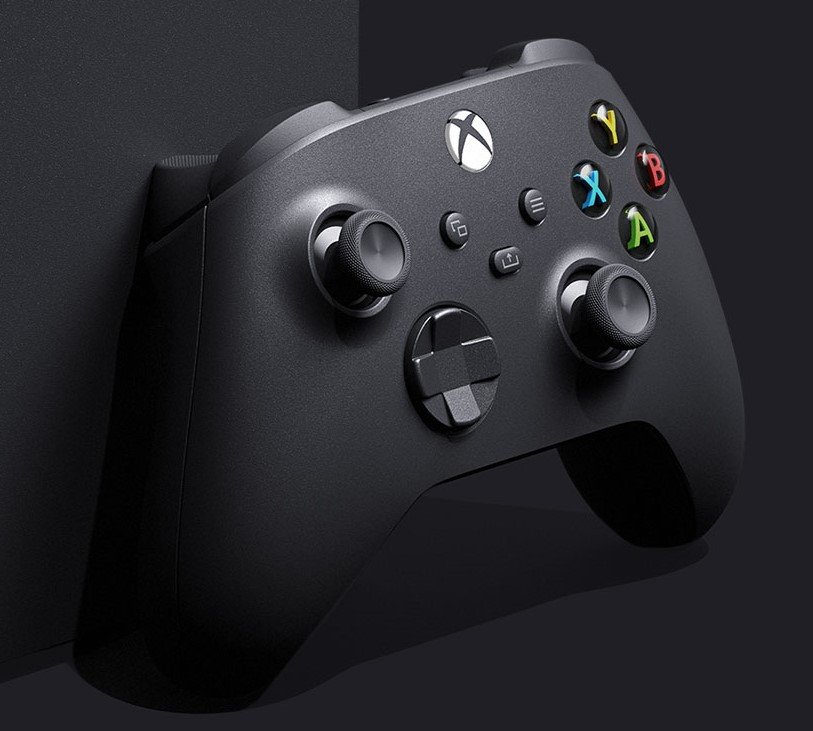
















Leave a Reply